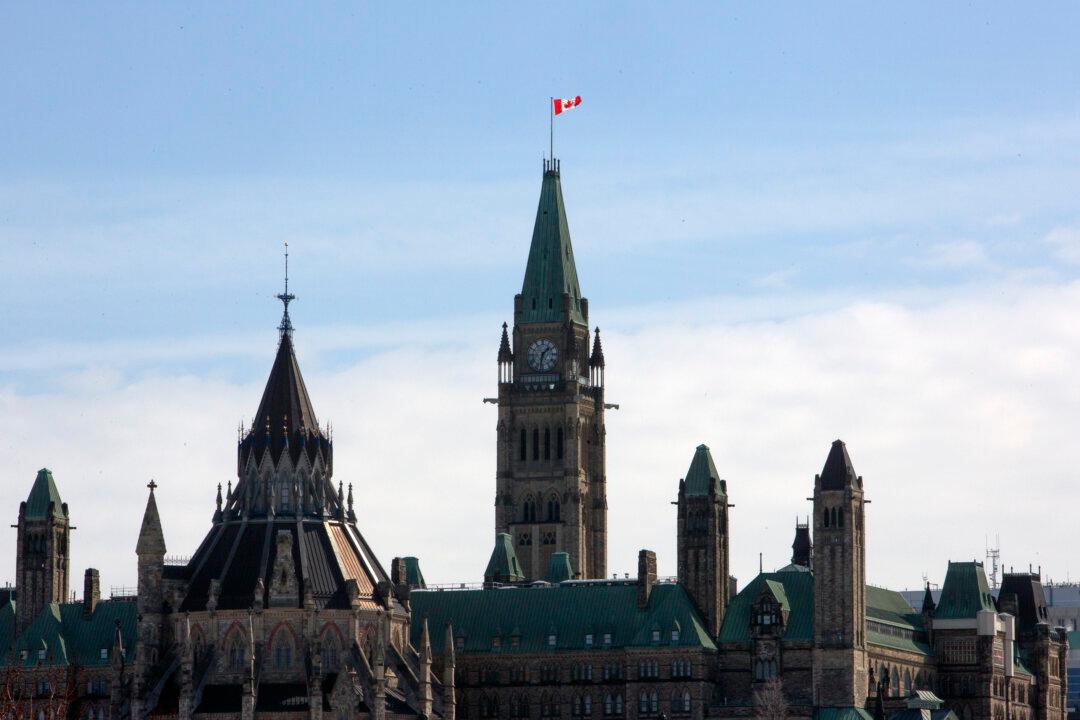Ottawa once again did not provide a path to a balanced budget in its latest update on its economic plan and the state of Canada’s economy. Even as the deficit and debt as a share of the economy are expected to gradually decline, the country’s fiscal position in the later years of the feds’ projection horizon has worsened from Budget 2023’s forecasts in March.
Finance Minister Chrystia Freeland, in her fall economic statement (FES) speech to the House of Commons on Nov. 21, characterized the significant investments in public transit, in electric vehicle (EV) plants, and in new energy projects as “foundational investments which only government can make.”





